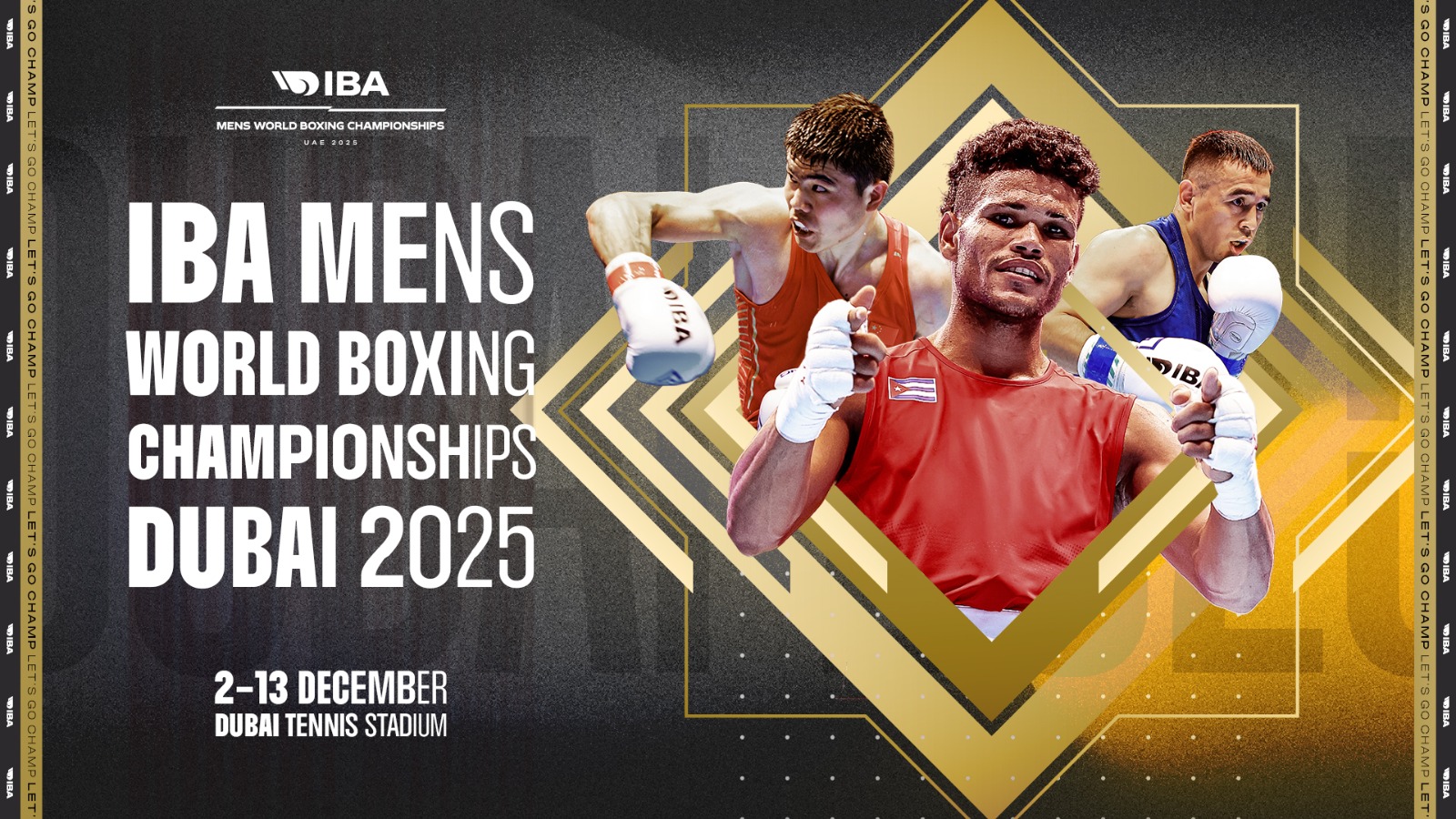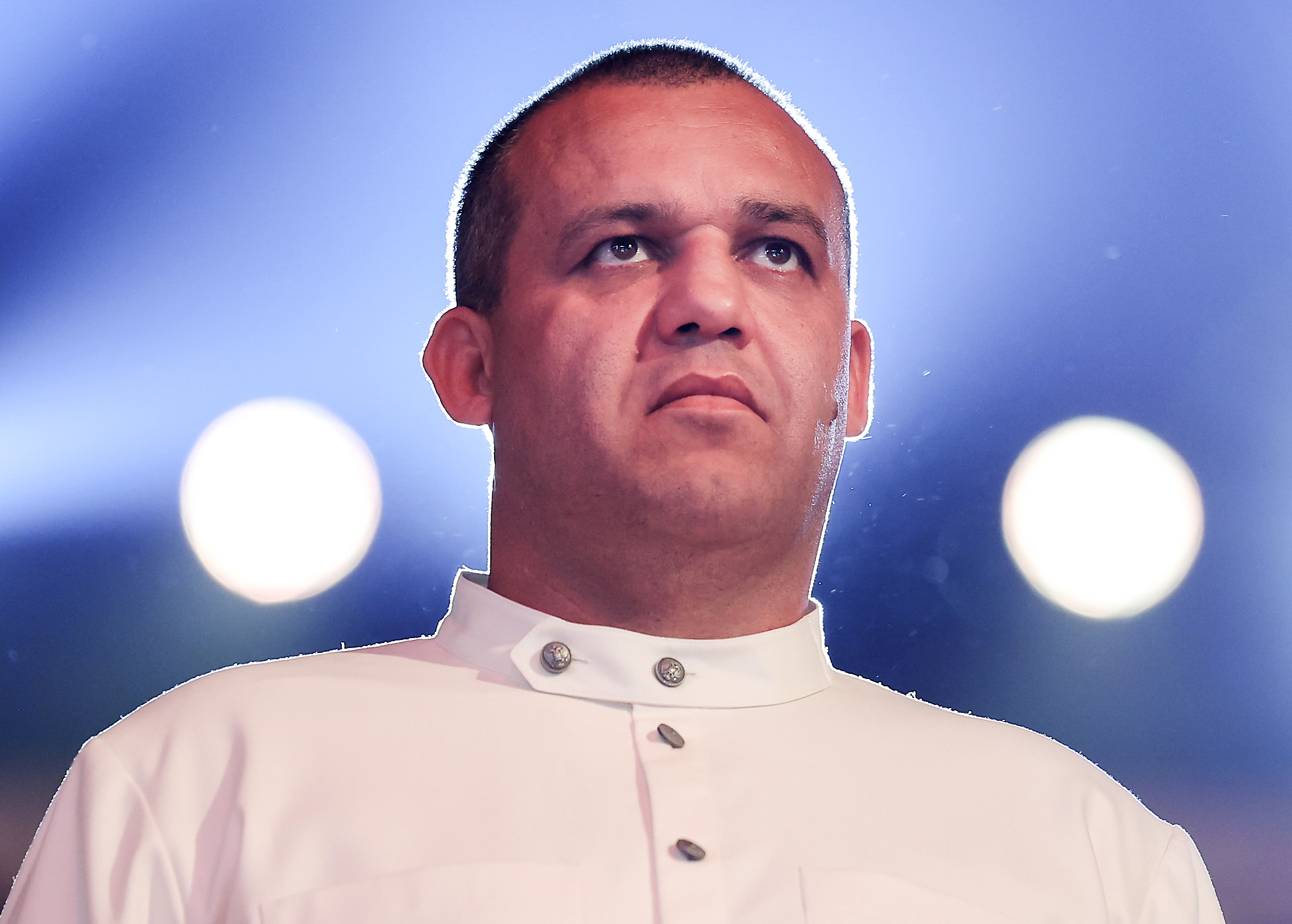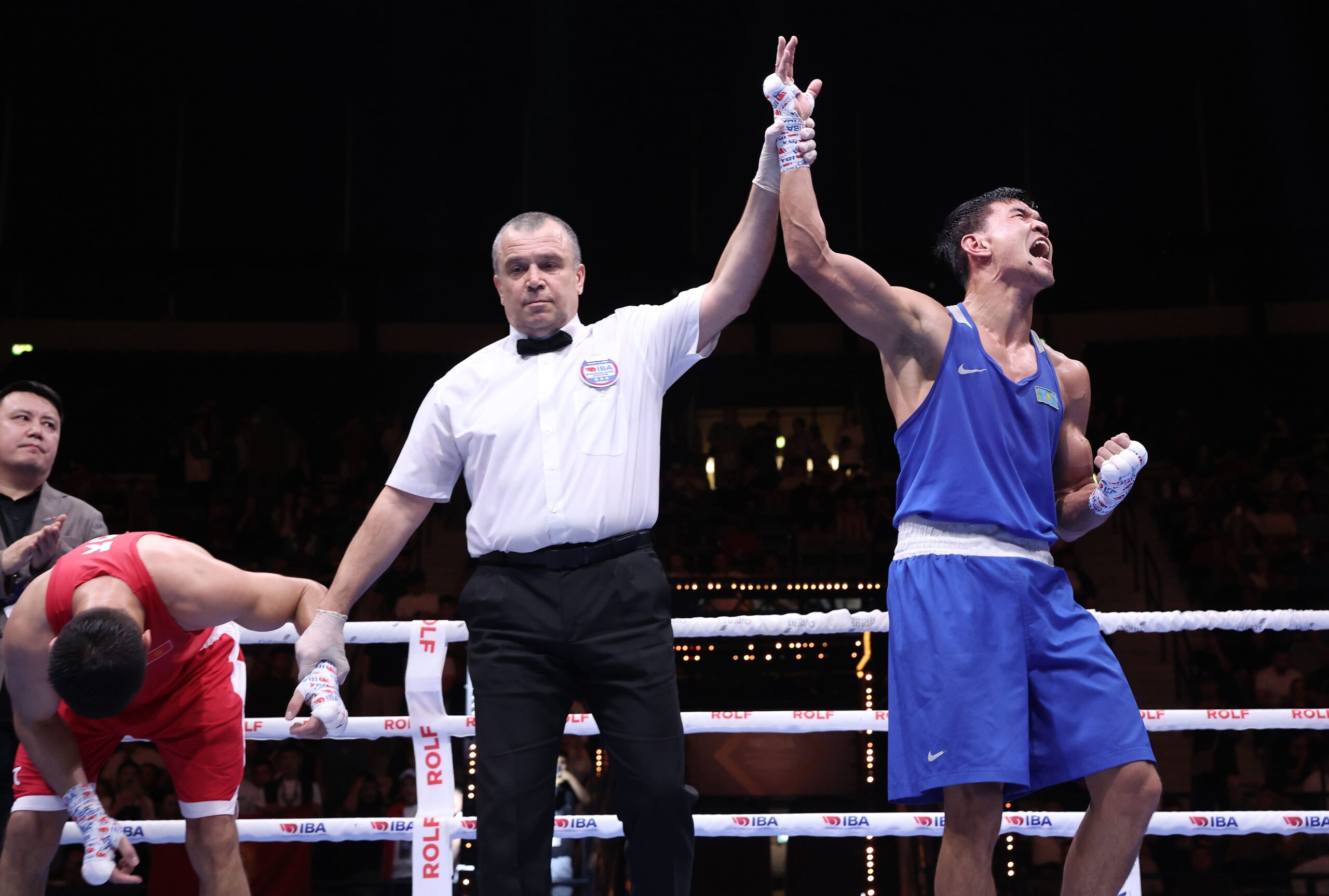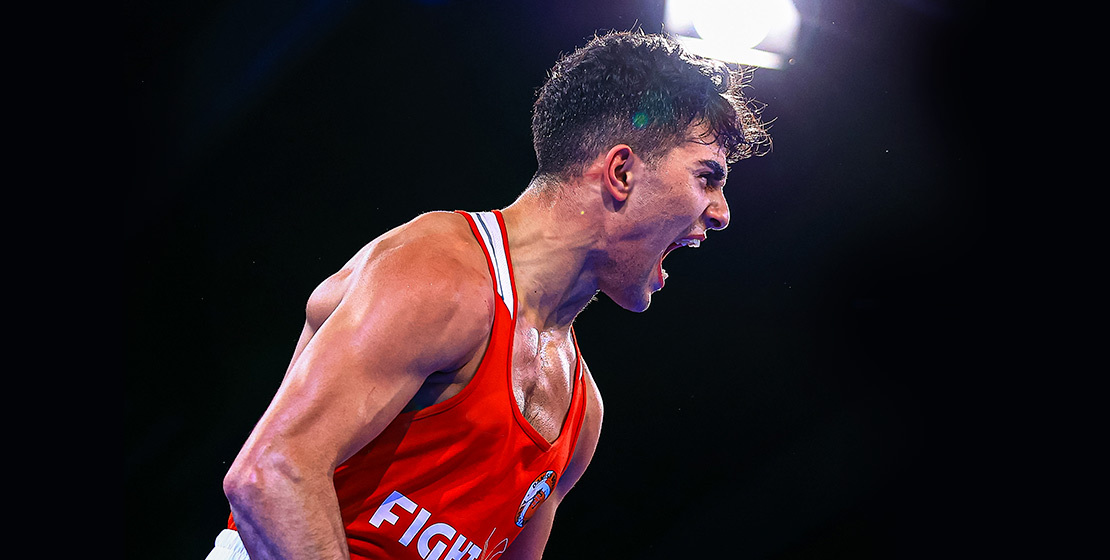50 Years On, the Thrill Returns: Award winning journalist Jun Engracia Reflects on the Legacy and Promise of Thrilla in Manila 2.0
October 28th, 2025 / IBA
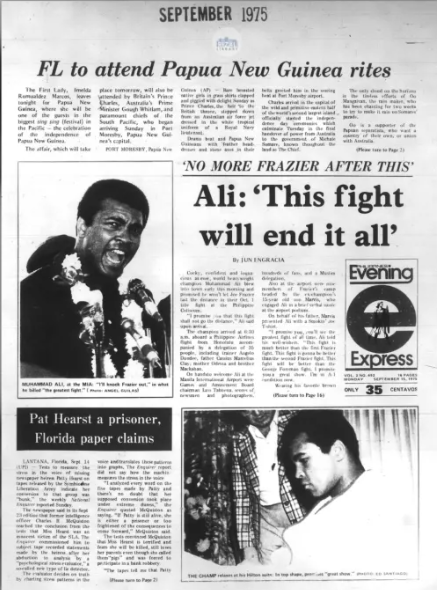
Fifty years ago, the world stood still.
On the morning of October 1, 1975, in Manila’s Araneta Coliseum, two titans — Muhammad Ali and Joe Frazier — battled through 14 brutal rounds in what would go down as one of the greatest fights in boxing history: The Thrilla in Manila. For those who witnessed it firsthand, the fight was not just a sporting event — it was a moment etched forever in memory, sweat, and typewriter ink.
Among the few Filipino journalists who had ringside access was Jun Engracia, then a 22-year-old sportswriter for the Philippines Daily Express. IBA’s Taruka Srivastav spoke with now a veteran journalist and former News Editor at the Philippine Daily Inquirer, who was honored with the Lifetime Award in Sports Journalism by the Philippine Sportswriters Association. A distinguished figure in Philippine media and an alumnus of the University of the Philippines, Engracia reflects on his unforgettable experience covering the historic 1975 Thrilla in Manila between Muhammad Ali and Joe Frazier, and shares his thoughts on its enduring legacy as the boxing world marks its 50th anniversary. Today, five decades later, he reflects on what it was like to cover the “fight of the century” — and what it means to see a new Thrilla in Manila take shape in 2025.
Jun, take us back to 1975. You were only 22 when you covered the Thrilla in Manila. How did it all begin?
It started, as many great stories do, with pure impulse. On the morning of September 15, 1975, Muhammad Ali landed in Manila. My colleague, photographer Eddie Alfonso, and I decided — on a hunch — to follow his motorcade from the airport to the Manila Hilton. We were just two young reporters hoping for a quote or a picture.
When we got there, the elevator opened on the ninth floor — and standing right in front of us was Rahman Ali, the champion’s brother. Moments later, we were knocking on the door of the presidential suite. It opened, and there he was — Muhammad Ali, barefoot, in a yellow bathrobe, brushing his hair, larger than life.
Eddie started clicking pictures. Ali looked into the mirror and kept saying, “I’m more handsome than that gorilla,” meaning Joe Frazier. That’s the only line I can still hear in his booming voice. It was my first scoop. I was a nervous kid interviewing the world’s biggest star — and he was utterly magnetic.
So, you met Ali before the world even knew the term “Thrilla in Manila.” How did that phrase come about?
It actually came from one of Ali’s spontaneous rhymes. A few days earlier, he was bantering with the press and came up with:
“It will be a killa, chilla, thrilla when I get that gorilla in Manila.”
He was playful, theatrical, and knew how to own the stage. That line stuck — and “The Thrilla in Manila” was born. Nobody could sell a fight like Ali.
What was the mood like in Manila leading up to the fight?
It was electric — and chaotic. For two weeks, the city turned into a travelling circus. The Folk Arts Theater became Ali’s gym; the air smelled of sweat, liniment oil, and adrenaline. Ali taunted Frazier relentlessly — once pointing a toy gun at his hotel balcony, another time sneaking into Frazier’s training camp.
He even accepted an honorary doctorate from a questionable university and told the media, “Who would have thought an uneducated black man would become a doctor?” He was always performing, always provoking.
Meanwhile, the Frazier camp kept things quiet and serious. Frazier was all business — no jokes, no theatrics. It was the perfect storm: charisma versus stoicism, poetry versus punishment.
What do you remember most from fight day?
The heat. The tension. And the feeling that we were watching history.
By 10:30 a.m., the Araneta Coliseum was bursting with over 25,000 people. President Marcos and First Lady Imelda were there. The air conditioning couldn’t keep up. Reporters from The New York Times, Sports Illustrated, Associated Press, BBC — the gods of sportswriting — were all on press row.
Ali started strong, but by the middle rounds, Frazier’s relentless hooks turned it into a war. The sound of punches — thudding, echoing through the dome — still rings in my ears. In the 13th, Ali landed a cross that sent Frazier’s mouthpiece flying across ringside. By the 14th, Frazier could hardly see. His trainer, Eddie Futch, stopped the fight, whispering, “Son, no one will ever forget what you did here today.”
Ali collapsed in exhaustion, whispering later: “Fighting Joe Frazier is the closest thing to dying.” That line still gives me chills.
You were part of the Philippines Daily Express team that broke the story first. What was that newsroom experience like?
Frenetic, thrilling, and sleepless. Remember, this was before computers. We were using typewriters, telephones, and motorcycles.
Our photographers developed film in darkrooms while couriers raced 13 kilometers through near-empty streets to get pictures to the newsroom. I was dictating color copy down a hotline while my editor typed it in real time. Within 15 minutes of the final bell, our Evening Express headline screamed “ALI WINS!” across Manila.
By the time I stepped out of the arena, newsboys were already selling the paper. That was our victory — the journalists’ fight.
You’ve lived through the golden age of boxing and journalism. How does it feel to see “Thrilla in Manila” remembered 50 years later?
It feels surreal. That fight defined a generation — not just for boxing, but for storytelling. It was courage, endurance, and humanity in its rawest form.
And to see the name return — fifty years later — reminds me that legends never fade. They echo. Manila became immortal that day.
For us Filipinos, it wasn’t just Ali vs Frazier. It was Manila’s moment on the world stage — under martial law, under heat, under the eyes of the world. And for a young sportswriter like me, it was the day I learned what greatness — and grit — really looked like.
What are you most excited about for Thrilla in Manila 2.0?
I’m genuinely excited to see how history will echo itself in this new chapter. The first Thrilla in Manila was more than just a boxing match — it was a cultural moment that defined an era. Now, 50 years later, to have Muhammad Ali’s grandson, Nico Ali Walsh, step into the same arena where his grandfather made history feels incredibly symbolic. It’s as if the spirit of the original fight is being rekindled for a new generation.
I’m also curious to see how the event merges heritage with modern spectacle — the storytelling, technology, and global broadcast possibilities today can bring that same Filipino passion for boxing to a worldwide audience once again. It’s not just about nostalgia; it’s about honoring legacy while showcasing the Philippines as a world-class stage for boxing in 2025.
Fifty years on, The Thrilla in Manila still stands as a monument to willpower, pain, and poetry in motion. For Jun Engracia and the few who witnessed it from ringside, it wasn’t just a fight — it was the day the written word caught lightning in a bottle.
And as the boxing world prepares for a new “Thrilla in Manila,” perhaps the spirit of Ali and Frazier — and the ink-stained hands of reporters like Jun — will once again rise to remind us what true greatness looks like. Jun will be attending the Thrilla in Manila 2.0 and we look forward to having him.


